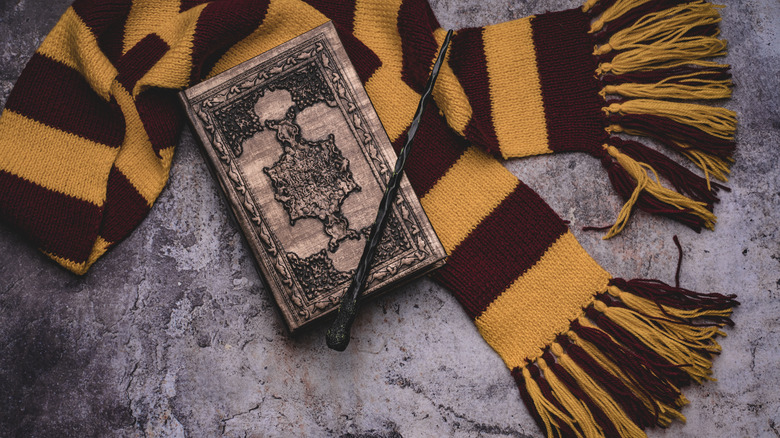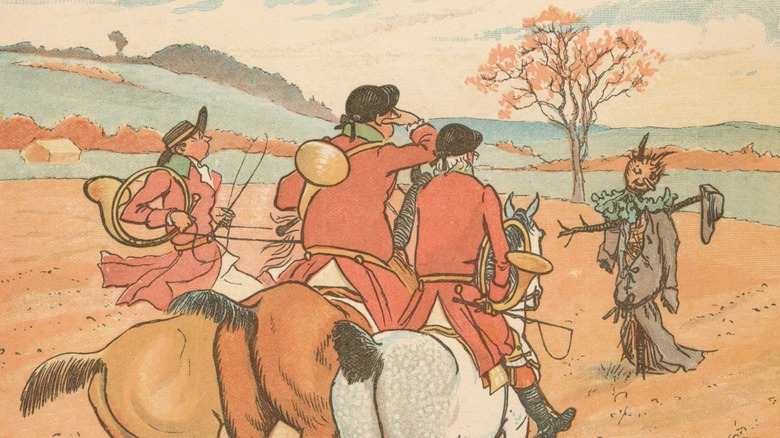The British Legend That Inspired Boggarts In Harry Potter
For two and a half decades, readers around the world have enjoyed the magical universe of "Harry Potter," created by British author J.K. Rowling. Since the publication of the original books, the scope of the franchise has grown to include movies, stage plays, theme park attractions, and of course, practically limitless opportunities for merchandise.
Despite its worldwide popularity, the Harry Potter franchise may be the most British franchise in popular culture. The series draws not only on everyday realities of life in the British Isles — its education system, for instance, or navigating the minefield that is interpersonal relationships in British culture — but also the folklore of the country and, more broadly, Europe in general. Mythical entities like werewolves, thestrals, and other creatures, which have been part of the cultural fabric of Europe for centuries, are real in the Harry Potter universe, and show up to bedevil or help the protagonist as need be.
In "Harry Potter and the Prisoner of Azkaban," readers are first introduced to a particularly British folkloric creature, the boggart. And Rowling uses their mischievous nature to advance the plot.
Boggarts are different depending on where they are
British parents have been scaring their children with tales of boggarts for centuries, according to Screen Rant. As folkloric creatures, there is no one "canonical" description of them — and how they look, where they hide, and what they do varies from location to location and teller to teller. For example, in the British tradition, according to Encyclopedia Mythica, though generally mischievous, they can also help people under the right circumstances. Also, their British mischief is limited mostly to pranks, such as pulling off the victim's bedclothes or scratching or pinching them. By comparison, in broader European mythology, boggarts are more like the Boogyman; and indeed, in the British tradition, sometimes parents may threaten a miscreant child with throwing them in a boggart hole.
In much the same way that, in the Harry Potter universe, some wizarding families had their own resident folkloric creatures — such as family ghouls or family house elves — in the British tradition, certain old houses are rumored to have their own resident boggart.

